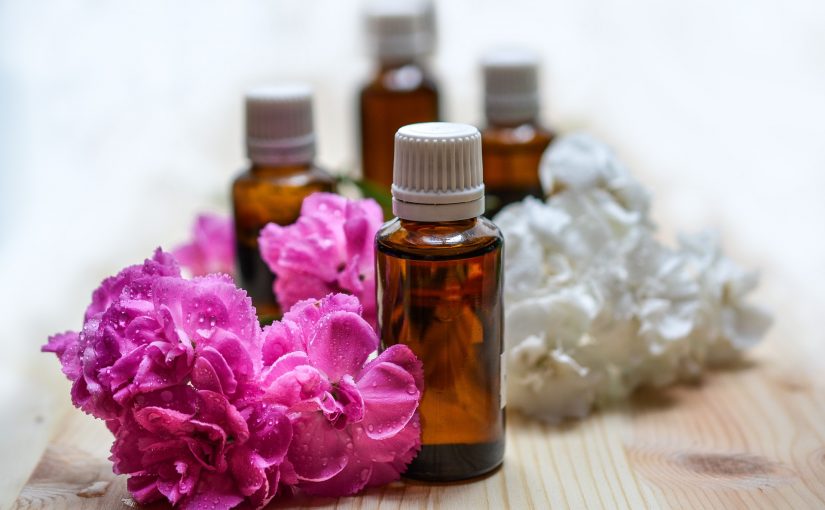Tag: wild herbs
-

DIY Essential Oils – Part I
First off, I am so glad that one of my subscribers asked me to write about how to make your own DIY essential oils. This is a great topic and one that I’ve always wanted to delve right into, and I so appreciate the chance to have studied essential oils over the past few months…